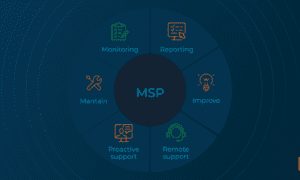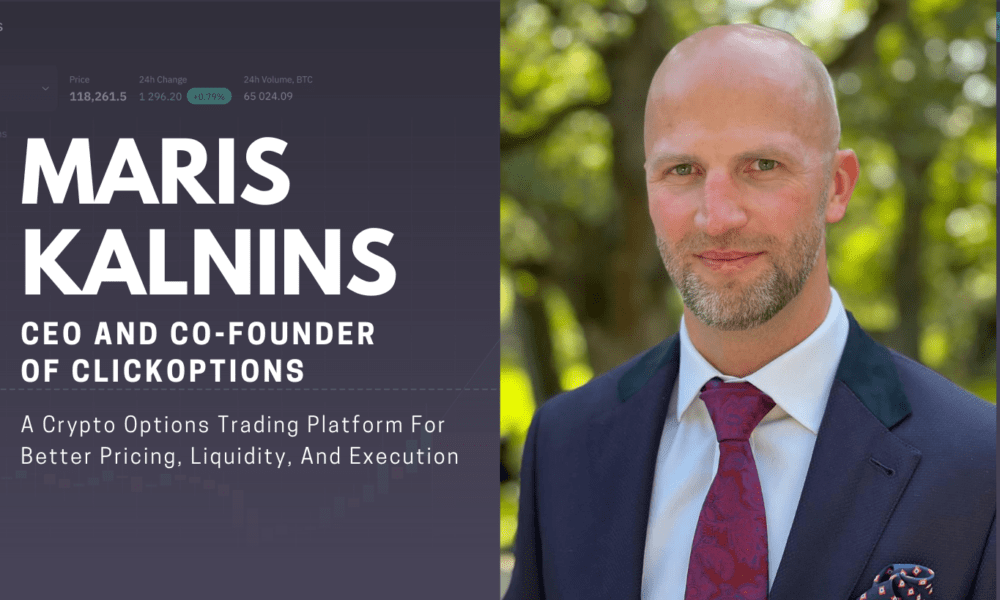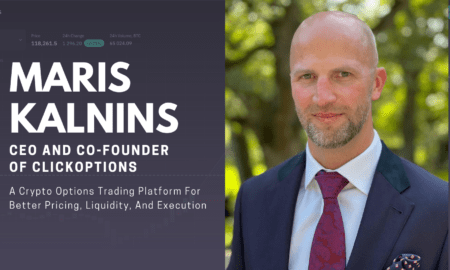By Paul Konrad | PropTradingVibes.com
In the past five years, proprietary trading firms have undergone a radical transformation. What was once a closed-door institution — think hedge fund desks or in-house market-making teams — has evolved into a dynamic ecosystem of remote-access platforms. These new-era “prop firms” are not only funding traders across the globe, but also reshaping participation in global markets, particularly futures, forex, and equity indices.
Wondering what is prop trading and why it’s suddenly everywhere? The shift has opened doors for a new class of traders — and changed the way markets move.
As we look toward the rest of 2025 and beyond, this model — which I call Prop Trading 2.0 — is set to disrupt how retail capital flows, how traders build careers, and how markets behave at the intraday level.
Let’s unpack what’s happening — and where the most forward-thinking prop firms are heading next.
The Evolution of Prop Trading: From Desks to Dashboards
Traditional prop trading involved a select few traders working in-house, risking the firm’s capital in exchange for a slice of the profits. It was elite, high-pressure, and inaccessible to 99% of aspiring traders.
Prop Trading 2.0 flips that model.
Today’s prop firms offer structured evaluations. Traders pay a small fee, demonstrate their risk management and strategy over time, and — if successful — receive access to funded accounts ranging from $10K to $500K+. The best part? No personal capital is at risk beyond the initial evaluation cost.
This model isn’t just “disruptive” in the buzzword sense. It’s reshaping the financial markets in three core ways:
1. Democratizing Access to Capital Globally
Retail traders from Brazil to Bulgaria, India to Ireland, are passing evaluations and getting funded. The meritocratic nature of the evaluation process makes it possible for anyone — regardless of education or location — to trade with professional-level capital.
In a world where real wage growth has stalled and cost-of-living pressures are rising, this ability to generate income through skill-based trading is a new frontier. Funded prop accounts can now supplement or even replace traditional income streams — and for many, it’s the only accessible pathway to scale in financial markets.
2. Changing Trader Psychology at Scale
Ironically, prop firms — by enforcing strict risk parameters — are training retail traders to be more disciplined than they would be trading personal capital.
No daily loss limits? You’re out.
Exceed drawdown? You’re reset.
Overleverage or revenge trade? Disqualified.
These constraints are forcing traders to master the hardest part of trading: emotional control. It’s not about finding the “perfect” strategy. It’s about consistency, patience, and risk management — all built into the structure of the evaluations themselves.
This shift is measurable. We’re now seeing more traders journal, follow session timing strategies, and reduce overtrading — all because passing an evaluation requires it.
3. Affecting Market Microstructure
The explosion of funded traders is creating dense trading volume clusters during key U.S. and London sessions — especially in futures markets like ES (S&P500) and NQ (Nasdaq 100).
These traders often use tight stops, intraday structures, and predefined setups. The result? Markets that often “hunt” for liquidity at session opens, react sharply to economic events, and move in defined cycles due to prop trader behavior.
In short: the presence of thousands of small prop traders is leaving real footprints on the intraday chart — and professional traders are adapting to it.
Where Prop Trading Firms Are Heading Next
Not all prop firms are created equal. Some are simply white-labeling backend tech and offering aggressive marketing without long-term sustainability. Others are innovating.
Here are key signs of a next-gen prop firm in 2025 and beyond:
✅ No Time Limits on Evaluations
Allowing traders to move at their own pace eliminates pressure and encourages better performance.
✅ Real Drawdown Rules (Not Traps)
Top firms are shifting away from shady “trailing max drawdowns” and unclear resets. Transparent rules = long-term trust.
✅ Fast Payouts with Crypto or Bank Options
Speed of payouts is one of the clearest signs of a reliable prop firm.
✅ Account Scaling Based on Consistency, Not Size
Smart firms reward stable equity curves, not just one-time profits.
✅ Active Trader Support Communities
Some firms are now offering coaching, Discord Q&As, and strategy review tools — giving traders more structure post-funding.
What to Look For When Choosing a Prop Firm
If you’re looking to enter the prop space, avoid hype. Focus on firms that are:
- Clear in communication (if the rules are vague, that’s a red flag)
- Consistent in payouts (check social proof from actual traders)
- Reasonable in evaluation targets (8-10% over a month is reasonable — 20% in a week is predatory)
Final Thoughts
Prop trading isn’t a side note anymore — it’s quickly becoming a primary on-ramp for serious retail traders worldwide.
And as this industry matures, the best firms will be the ones that move beyond flashy dashboards and start supporting traders like real partners: with accountability, transparency, and capital that scales.
For traders, that’s the opportunity.
For markets, that’s the evolution.
For the financial world — this is just getting started.
Disclaimer: This article is for informational purposes only and does not constitute financial advice. Trading leveraged instruments involves substantial risk and is not suitable for every investor.



































